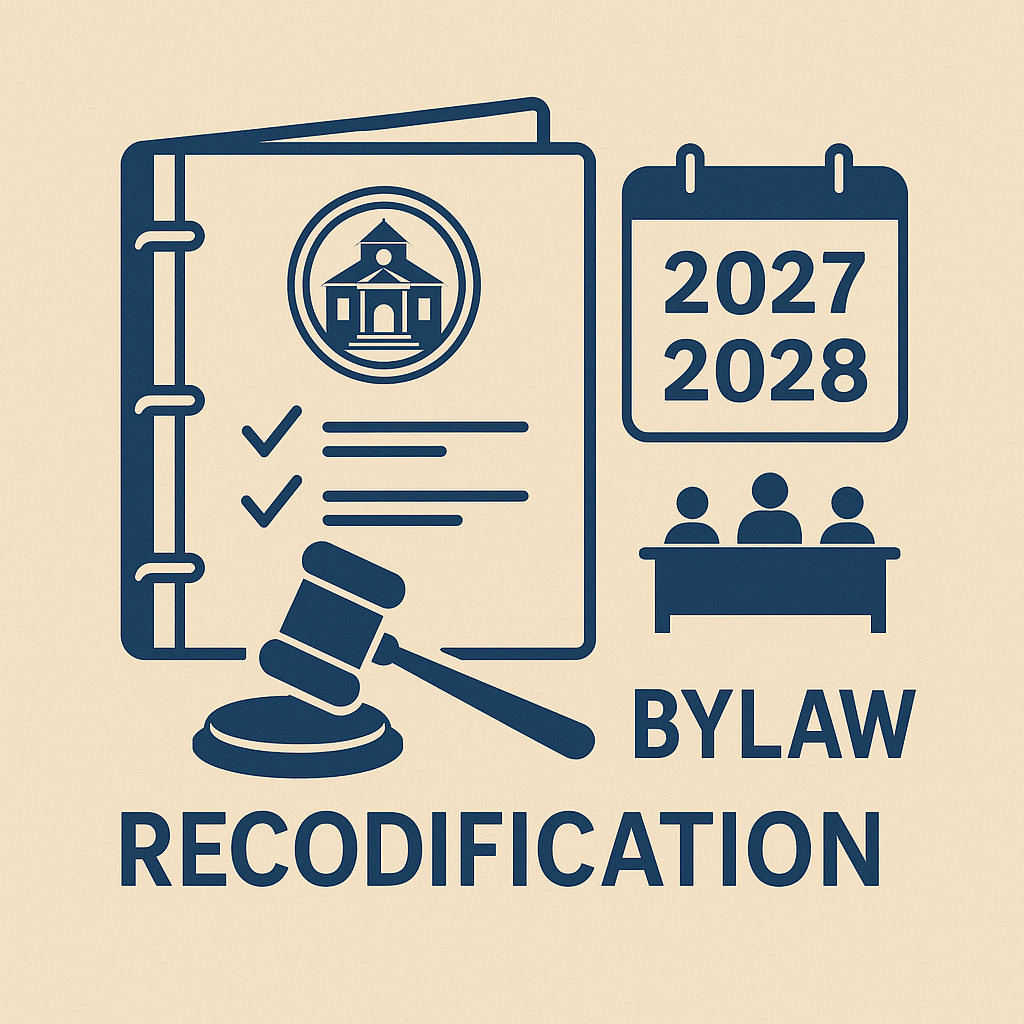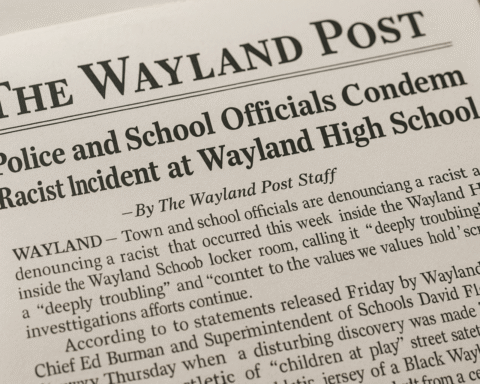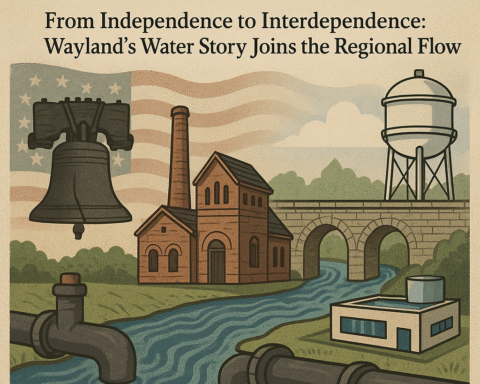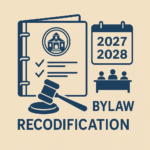Most of the Aug 27 Planning Board meeting was devoted to a joint discussion with Housing Partnership members Kathleen Boundy and Rachel Bratt on how to simplify and speed up the process for homeowners to build accessory dwelling units (ADUs) on their properties. The Affordable Homes Act of 2024 allows for ADUs as of right but some plans will still require special permits.
Boundy clarified that the partnership had not requested bylaw amendments but sought to collaborate on public education and a townwide forum. She and Bratt proposed the Planning Board co-sponsor a guide for residents and provide technical assistance in preparing applicant materials and website content.
Chair Anette Lewis emphasized that septic capacity, wetlands restrictions and buildings costs remain significant obstacles. She cited figures of $350,000 to $450,000 to construct a 900-square-foot detached unit, questioning whether ADUs were truly affordable.
Bratt countered that conversions within existing houses, such as attics or garages, might be feasible in the “six-digit” range and would expand naturally occurring affordable housing, even if units do not qualify for the state Subsidized Housing Inventory (SHI), currently at 533 units.
Town Planner Robert Hummel said a forum would also help gauge public opinion on potential amendments to allow units larger than the current 900-square-foot cap, possibly by special permit. He noted the board must decide “what is the magic number,” whether 1,200 square feet, 1,500 square feet or more. Member Robin Borgestedt added that a tiered system could be considered, with modest increases allowed by right and larger expansions subject to stricter review.
Housing Partnership members raised questions about whether “capital-A affordable” ADUs could be incentivized through deed restrictions, condominiumization, or possible tax abatements. Lewis said such incentives would require coordination with the Select Board and assessors, noting the town faces a possible override and is unlikely to support tax breaks. Bratt stressed the need for a clear incentive structure; otherwise, “it’s breathtaking to think about a homeowner wanting to devalue their property” through deed restrictions.
Housing Partnership member Jim Grumbach supported ADUs as an opportunity to diversify the town’s housing stock, regardless of whether they count toward the 10 percent state SHI threshold under Chapter 40B. State statue Chapter 40B enables local Zoning Boards of Appeals to approve affordable housing developments that override restrictive local zoning requirements if at least 20-25% of the units have long-term affordability restrictions. Architect Doug Sacra offered to share cost data this fall from a 900-square-foot ADU project currently out to bid.
The board tentatively targeted Nov. 12 for the forum, with Boundy and Bratt to reach out to the Board of Health, Conservation Commission, Housing Trust, and Board of Assessors. Borgestedt agreed to serve as liaison.
Wastewater capacity
The redevelopment and new growth along the Route 20 west corridor has been constrained by a lack of needed space for a septic system or availability of a design flow allotment under the State Title 5 regulated wastewater discharge permit.
Wastewater Management Commission (WWMC) Chair Michael Gitten reported on available Title 5 design flow and current flow use under the discharge permit. While wastewater system flows are reported in average gallons per day (gpd), two different measurements are being monitored. The Title 5 tables estimate a maximum daily flow while the discharge permits are based on actual annual average flow.
Title 5 design flow is a regulatory sizing number used to design septic systems enforced by the Health Department, and to allocate sewer capacity by WWMC. Design flow is based on fixed per-unit assumptions, such as 110 gallons per bedroom per day for single-family homes or set flows per square foot or per seat for businesses (e.g., 35 gpd per restaurant seat plus kitchen flow). Title 5 figures are intentionally conservative, often double the actual use as a safety margin to avoid breakout.
National Pollutant Discharge Elimination System (NPDES) permit amount is tied to legal water quality standards, not design safety factors, and ensures compliance with the Clean Water Act. The actual operating wastewater discharge is measured in the average daily gpd discharge calculated over a calendar month and year. That average gpd has to comply with the average annual discharge flow allowed under the NPDES permit (seetinyurl.com/npdes-permit).
Wayland’s Town Center wastewater treatment facility (WWTF) on Andrew Avenue has a EPA surface water permit that expires on Nov. 30, 2026 for 52,000 gpd to discharge into the Sudbury River plus a MassDEP groundwater permit for 37,380 gpd at the Alta Oxbow leaching field (expires Dec. 30, 2026). Actual daily flows may vary (e.g., 28,000 one day and 40,000 on another), but compliance is measured by whether the monthly average stays under the permitted number. See FY23 annual report at tinyurl.com/wwmdc.
The Town Center WWTF was built with a maximum operating capacity of 130,000 gpd. Gitten reported that the $5.6 million WWTF, started up Nov. 2012 and rebuilt in 2014, operates conservatively at a Title 5 acceptable 65,000 gpd limit under the total permitted discharge of 89,380 gpd. June operating flows rose to 34,000 average gpd, the highest recorded.
User sewer discharge itself is not metered. Users are billed with a base amount determined by their design flow and additional charges based on the amount of metered water use. According to Gitten, 119,809 gpd are already subscribed, leaving 10,191 gpd available on a first-come, first-served basis at a privilege fee of $24.75 per gallon per day for additional Title 5 design flow.
Betterment fees are calculated as a percentage of the cost of capital improvements to the system divided across the entire customer base over a 20-year period, such as those for 2014 plant rebuild. Properties owned by the Town of Wayland make a payment in lieu of betterment (PILOB) for those capital costs.
The one-time privilege fee is based on the commission’s capital expenses and applies to existing connected or planned properties buying more capacity. The privilege fee is used to fairly pass on prior system betterment fees to users with reserved design flow paying the base fee but who did not connect or underutilized their subscription (see tinyurl.com/privilege-fee).
Gitten offered an example how increasing a property’s design flow from 1,000 to 2,000 gpd would cost $24,750, and that 1,000 gpd is then deducted from the system’s remaining available capacity.
The commission was unsure if Dun-kin or Jimmy John’s restaurants in the former bank space or the proposed Terrain project (property has design flow 6,000 gpd) may require additional design flow capacity according to Gitten. Any new system connections greater than 1,500 gpd will require an assessment of WWTF capacity as well as include requirements for infrastructure review and necessary upgrades paid for by the applicant.
The commission will remain cautious in adding more users until higher flows prove sustainable based on how well the plant is actually functioning while meeting its EPA quality testing requirements.
Gitten also raised the point that replacement of the Route 20 force main built in 1999, a (low) pressurized pipe used where gravity flow is insufficient, will require capital funds in the next 10 years as it approaches the end of its useful lifetime.
Design review updates
Select Board liaison William Whitney confirmed that design review guidelines may be updated directly by the Design Review Advisory Board, in consultation with the Planning Board, without forming a new ad hoc committee. Borgestedt said the three current members plan to discuss updates, particularly regarding rooftop solar and climate considerations.
Whitney asked whether an advisory group should be appointed for Route 20 rezoning. Borgestedt responded that extensive public comment had already been received during the Beta study, and the board is now translating that input into draft zoning bylaws. She said further advisory input could delay the process, though forums will be held before formal hearings.
Hummel was authorized to begin a request for proposal for a peer review of stormwater and traffic studies for a proposed site plan at 169 Rice Road, the site of the St. Philopater and St. Mina Coptic Orthodox Church.















